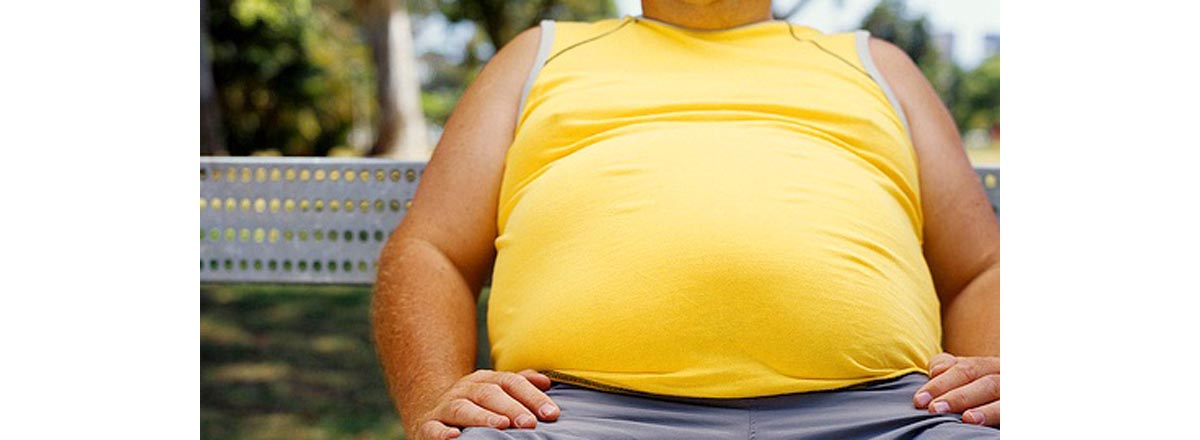Table of Contents
Even people who have been successful at losing huge amounts of weight much achieve their goal weight before they can have skin reduction surgery. And even people who achieved a stable, desirable weight may need to deal with nutritional problems before they can be sent to the operating room. The process of severe calorie reduction may lead to deficiencies in iron, calcium, phosphorus, folate, and vitamin B12, and fat-soluble vitamins that have to be remedied before the procedure can be considered.
Another issue in skin reduction surgery is that stubborn fat deposits may persist even after weight loss. These are sometimes removed by liposuction. Yet another issue is that removing skin affects circulation. The surgeon must ensure that changing pressures on internal organs does not cause loss of circulation.

When these hurdles are cleared, the surgical procedure usually runs something like this:
- During the first surgery, or the first hours of a very long surgery like Mr. Mason's, the surgery addresses excess skin on the abdomen and torso.
- During the second surgery, or the middle hours of a very long skin revision surgery, the surgeon works on the hands, feet, arms, legs, and breasts.
- During the third surgery, or the final hours of a very long skin revision surgery, the surgeon removes excess skin from the face and neck.
If there is a universal response to skin reduction surgery, it is that patients are almost always in severe pain when they come to from the anesthesia. Patients will have a tendency to get cold after they lose their "robe" of skin. Hypothermia is a real concern during the first days after recovery. So are blood clots. To prevent deep vein thrombosis patients are fitted with compression stocking or leg compression sleeves that pump blood through the legs when they are in bed, and they are encouraged to get up and walk as soon as possible after surgery. About 15 percent of people who have the procedure have a condition known as antiphospholipid antibody syndrome, which requires the doctor to take additional precautions against the formation of blood clots.
It's usually a few days to a week before the recipient of skin revision surgery can walk normally. It's usually a week to a month before patients can carry 10 to 15 pounds (5 to 7 kilos). It can be a year before they feel fully normal. But nearly all recipients of the surgery report vast improvements in quality of life.
There is a footnote to Paul Mason's story. His skin surgery was successful. He was able just a few weeks later to take a stroll in New York City's Central Park. His relationship with his fiancée, however, came to an end, when he realized that the many changes in his life left him "unmotivated" to pursue romance. He and Rebecca Mountain report that they have parted on good terms.
If there is anything that people who have the stamina and willpower to lose massive amounts of weight sometimes fail to consider, it is that others get used to them the way they are. Changes for the better sometimes leave old relationships behind. A new weight can lead to a completely new life in unpredictable ways.
- Sarah Lyall. Losing 650 Pounds, and Preparing to Shed a Reminder of That Weight. New York Times. 22 April 2015.
- Photo courtesy of
- Photo courtesy of cgpgrey: www.flickr.com/photos/cgpgrey/4888212879/
- Photo courtesy of cgpgrey: www.flickr.com/photos/cgpgrey/4888212879/


Your thoughts on this